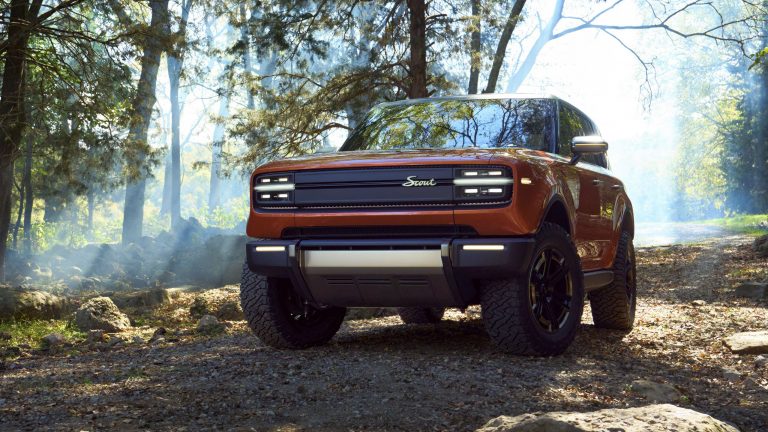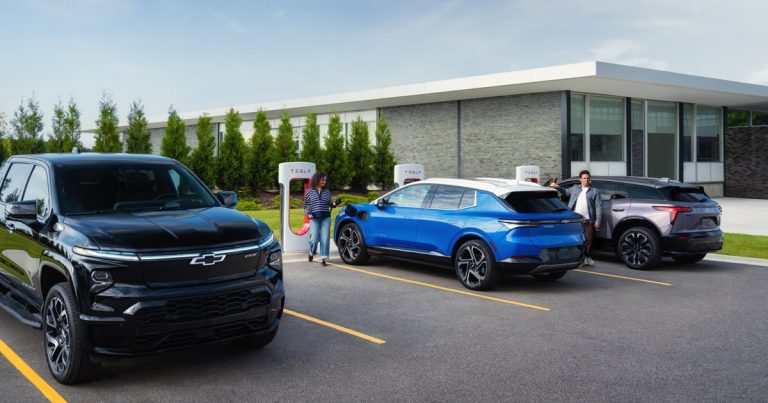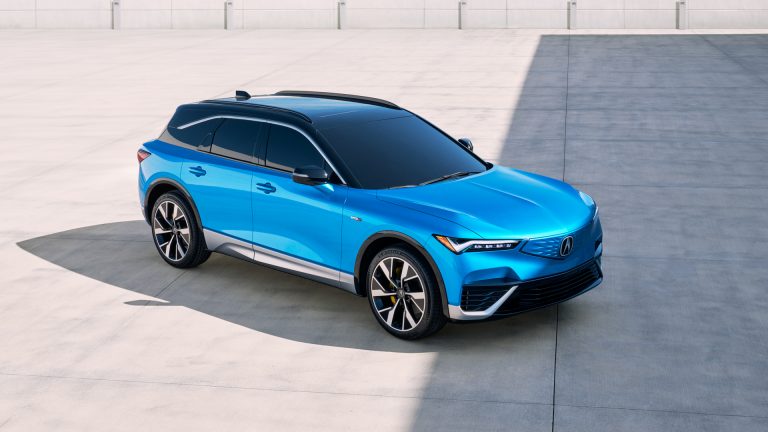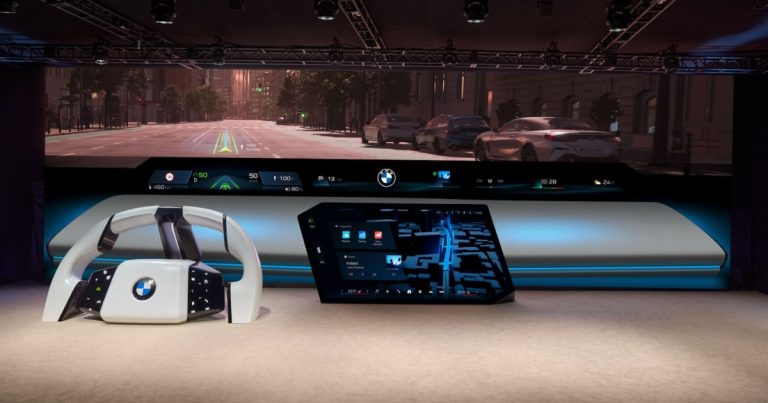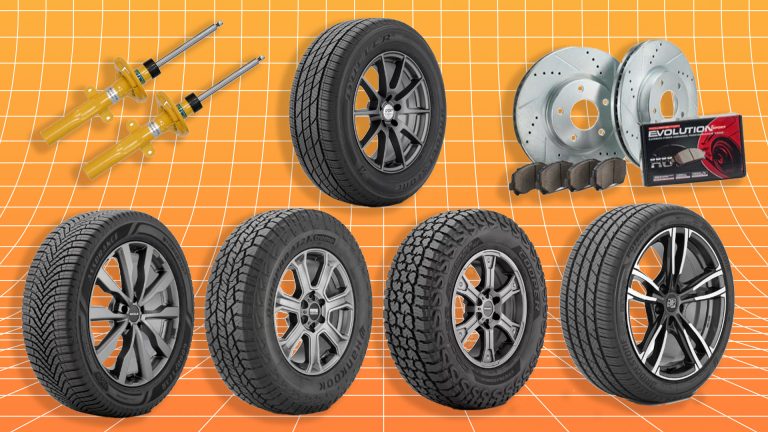Unlock the Secrets of Honda’s Autonomous Factory Revolution: The Latest in Self-Driving Manufacturing

The Unnoticed Revolution of Industrial Automation: How Self-Driving Cars’ Little Cousin is Revolutionizing Manufacturing and Logistics
For years, Tesla has been testing its Full Self-Driving (FSD) feature in public beta, gradually inching closer to unleashing truly autonomous robotaxis on the market. But what if I told you that self-driving vehicles have been proving themselves day in and day out, with millions of miles traveled, hours documented, and processes improved, all without anyone noticing? Welcome to the world of industrial automation, where robots have been running the show for decades.
I had a chance to witness this firsthand when I visited Honda’s Marysville Auto Plant, where the company is introducing Automated Guided Vehicles (AGVs) to its now-electrified production line, alongside Autonomous Mobile Robots (AMRs). Together, they’re slowly but surely revolutionizing manufacturing and logistics operations.
AGVs rely on some sort of guidance, whether it’s a preprogrammed route or physical or digital signposts, while AMRs are free to behave more extemporaneously — like a consumer vacuum or lawn-mowing device. Just how many of these little self-driving robots are out there? Well, did you know that of the ~2.7 million cars Tesla has sold since its inception, only about 500,000 owners have even touched Full Self-Driving? Meanwhile, the AGV/AGM market combines for millions of units sold every year.
A lot of the tech we thought was a ridiculous proposition for self-driving cars makes total sense in a factory, where you can paint lines, install reflectors, or even print data matrix codes (like QR codes) to light a digital path with minimal guidance equipment. Honda’s AGVs, like the blue one pictured above, navigate their way around Marysville’s prototype battery assembly line simply by following a guide taped to the floor. If Honda decides tomorrow that the current route isn’t the most efficient, it’s a simple matter of laying down some fresh vinyl.
But even more than that, AGVs and AMRs improve safety. As I was guided through the Marysville plant, I was struck by the absence of the one piece of machinery I most commonly associate with a manufacturing or logistics environment: the forklift.
When I asked Spradlin whether the industry has a beef with them, he acknowledged that operator safety is a concern for man-operated forklifts. While even manned tugs and other human mobility solutions can be dangerous, forklifts, due to their need to balance a variety of large loads high above their apparent center of gravity, are almost inherently precarious things. If you ask me, they’re big, awkward death machines under the control of unpredictable fleshbags (again, my characterization). I mean, come on.
Hyperbole aside, operators have legitimate concerns. And again, it all speaks to the consistency of an automated system. A robot can’t get tired or fatigued, or become distracted by a conversation or disruption. Score another one for the machines, right?
But even if the AGV can do the forklift operator’s job more safely, it lacks a key element that simply can’t be replicated: human judgment. While it can be unreliable, it’s still necessary. A human knows that a container might be covered in a shipping blanket or have someone’s discarded coffee cup sitting on it, whereas a robot simply sees a shape it doesn’t recognize, at which point it may simply stop dead in its tracks and await human intervention. For now, and for the immediate future, there will simply be no substitute for a critical eye — a human eye.
To adapt AGVs for new, more dynamic environments, the industry needs to tame Mother Nature. But as we find ways to do so, new venues for automation will become viable. When I asked Spradlin what we should keep an eye on, one part of his answer struck me: "Airports." It makes perfect sense. What is an airport, after all, but a giant logistics hub charged with sorting human and inanimate cargo? Baggage claim is nothing but an assembly line without anything being assembled. Imagine, instead of a human-driven baggage train, a group of automated tugs that can take bags directly to a waiting connection, rather than having to visit a sorting hub first. Remember the Kia PV concept they demonstrated at CES just a few years ago? The applications are truly endless.
* “)[https://www.thedrive.com/news/kias-body-swappable-electric-vans-are-coming-to-take-on-rivian-and-gm](target=”_blank”)

